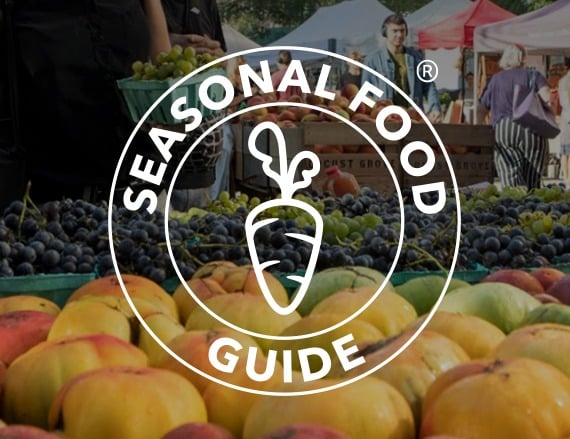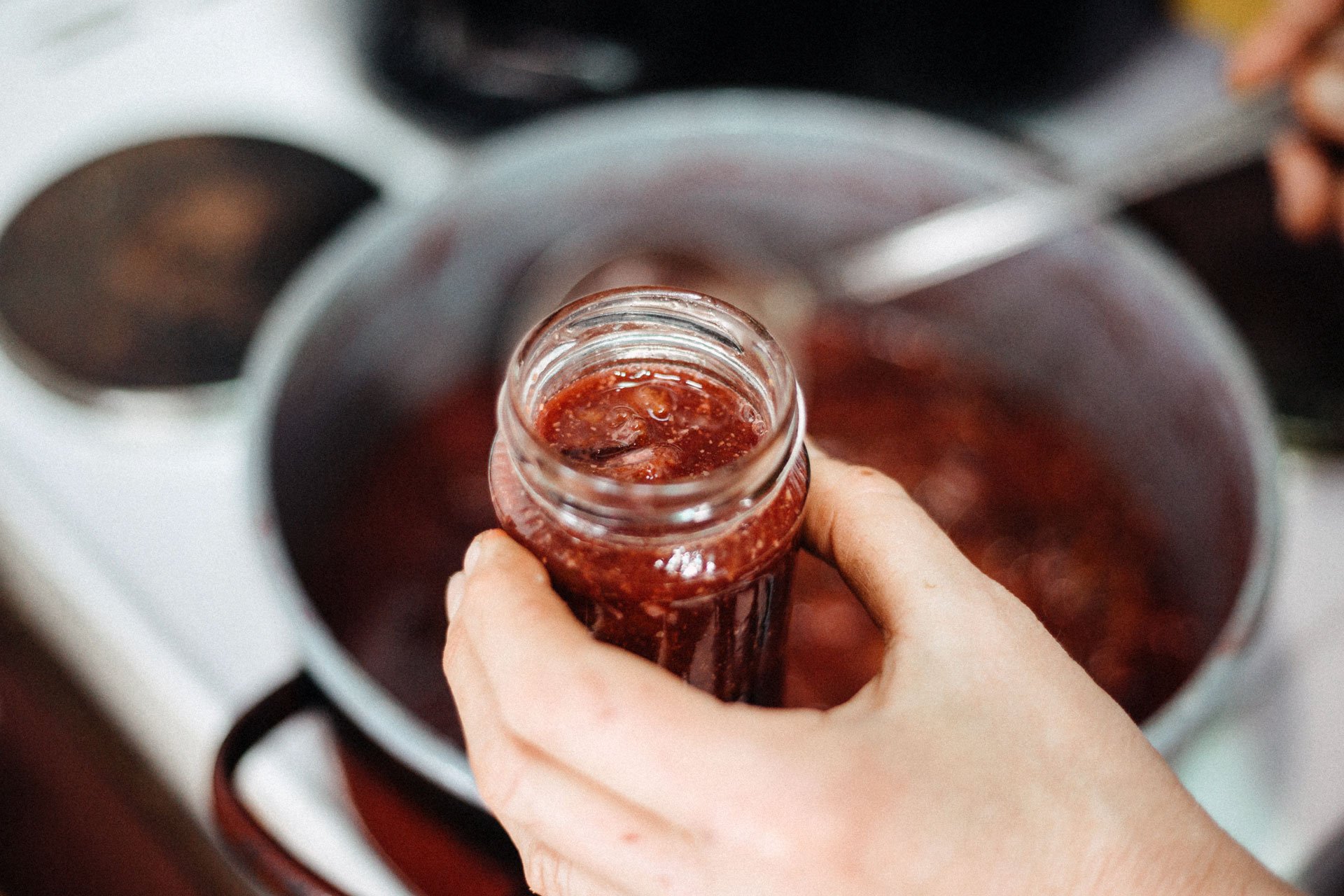Real Food Encyclopedia | Star Fruit
Star fruit (Averrhoa carambola), also known as carambola, is a juicy tropical fruit native to India and Southeast Asia, where it is very popular and heavily cultivated. The yellow, star-shaped fruit grows best in sunny, humid climates and can be found on trees in India, Asia, South America, Australia and in limited areas of the U.S.
While star fruit is relatively unknown in the U.S., often simply used as a garnish for cocktails or in salads thanks to its attractive star shape, it is enjoyed in raw and cooked preparations all over the world. It has a slightly sweet-sour flavor, somewhat like a mix between a ripe pear, green grape and orange. The meat is juicy and firm, similar to a grape.
Fun facts about star fruit:
- Although the fruit is native to Southeast Asia and most commonly produced there, it has been grown in Florida for over 100 years.
- They aren’t popular in the U.S., but some especially acidic varieties of star fruit can be used to remove rust and tarnish from metals like brass.
What to look for when buying star fruit
Look for firm carambolas with bright yellow or yellow-green skin; the edges may be slightly brown. If the fruit is mostly green, it is not ripe. When a carambola is dark yellow and has brown spots all over, it is overripe.
Sustainability of star fruit
Star fruit has been relatively tricky to grow in the U.S., which is generally cooler and drier than the areas the plant is native to. It requires rich soil and is sensitive to cooler temperatures and wind. In Florida, where growers are looking for other fruits to supplement citrus and avocado crops, there has been a decent-sized commercial star fruit industry since the 1970s. Today, researchers are looking at how cover crops can be used to support increased growth of the fruit, which would also cut back on the industry’s use of fertilizer by developing biodiverse, fertile soil.
Pesticides
Star fruit plants are susceptible to some insect pests including aphids and mites. Commercial producers may use pesticides, but growers using biological methods, such as releasing predatory wasps to control pests, have seen success. To avoid potential toxic exposure, purchase organic star fruit when possible.
Water
As star fruits are native to subtropical and tropical climates, the plant has high water needs.
Seasonality
Star fruits are harvested during two periods in South Florida — from August to September and December through February. Depending on the grower’s planting schedule, you can likely find local the fruit year round.
Geography
Carambola is grown commercially throughout Southeast Asia, Australia and South American. It is also grown commercially in the Southern United States; Florida represents approximately 90 percent of U.S. production, with the remaining mostly being grown in Hawai’i.
Eating star fruit
The entire fruit can be eaten, including the waxy skin, making it easy to eat raw. To cut the fruit, place on a cutting board and gently run a sharp knife along each of the five ridges (or “star points”), removing and discarding the brown outer edge. Hold the star fruit horizontally and cut crosswise to your desired thickness; the pieces will look like stars. Use the tip of the knife to remove the seeds. The fruit can be cut down into smaller pieces, but the iconic shape is half the fun of using the tropical fruit.
Storing
If you buy a green carambola, you can store it at room temperature (away from sunlight) for a few days, and it will turn to yellow. Store star fruit with brown ridges in the refrigerator for up to four days to avoid over ripening. (Overripe fruit will have brown spots all over and can have a fermented flavor.)
Cooking
Star fruit can be used in a myriad of ways, both sweet and savory, raw and cooked. It is a popular addition to fruit salad, compote, smoothies, drinks and cocktails. It can be used in baking, as in this star fruit upside-down cake. And it can be used for savory dishes, cooked with chicken, shrimp and other mains.
Native to Asia, the fruit is used in a variety of dishes throughout the region including Indian curries, the Goan chutney Karmalache Goad Mel, Vietnamese sour soup and more.
Preserving
Fresh carambola only lasts a few days. To preserve the fruit for later use, puree and freeze it, where it will keep for up to four months. You can also dehydrate it into chips, pickle it or use it for jam or marmalade.
Nutrition
Star fruit is a low-calorie food that is high in fiber and a good source of Vitamin A and C. It should be noted that the fruit contains oxalic acid and caramboxin, which can be harmful to people diagnosed with kidney problems or who are taking blood pressure medication, but is an otherwise safe and nutritious option.
Top photo by janaph/Adobe Stock.


